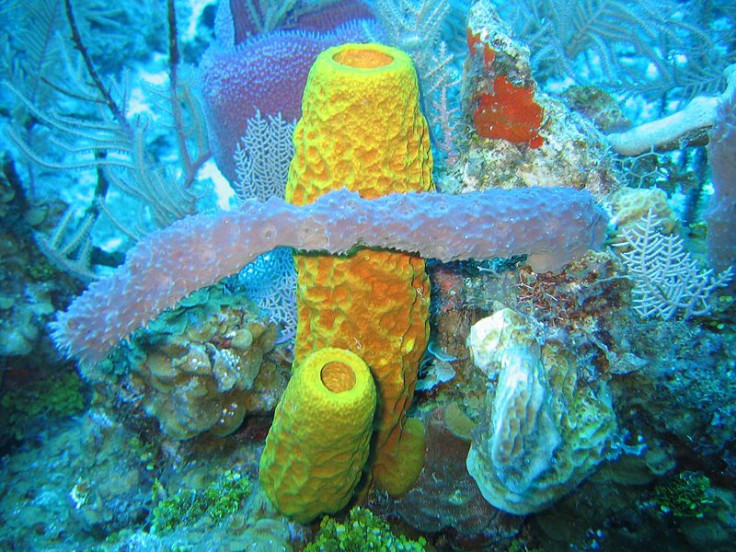Sponges Leave Mysterious 'Trails,' Possibly Not As Immobile As Previously Thought
KEY POINTS
- Sponges are thought of as sessile creatures that simply stay in one place
- Video evidence shows trails of spicules leading to living sponges
- This suggests that sponges may actually be more active than we think
Are sponges really immobile creatures? A team of researchers found evidence that they may actually be more mobile than people may think.
Sponges in their larva stage are known to be quite mobile but they become sessile once they reach adulthood. This means that they stay on a particular spot and settle there, Cell Press explained in a news release, adding that sponges don't even have muscles or organs that they can use to move around.
As such, sponges are generally not thought of as mobile creatures even though they can move a little when they expand. Moreover, they have been assumed to only be "passively moved" by ocean currents often down slopes, the Alfred Wegener Institute (AWI) said in a news release.
However, upon studying a video of the Arctic seafloor, the researchers of a new study, published in Current Biology, found evidence that sponges may actually be more mobile than previously thought.
Specifically, the researchers looked at video of the Langseth Ridge captured by the research ice-breaker Polarstern in 2016. It showed a dense "community" of sponges and mysterious tracks of spicules, or the spine-like parts of sponges, in about 70% of seafloor images with sponges. What's interesting is that these long trails of spicules often lead back to living sponges. They could be observed in all directions, AWI noted, even in areas that go uphill.
"It looks as if you've grabbed a chalk and pushed it across the seafloor; it's really a solid line all the way through," study co-author Autun Purser said as per The Academic Times.
In a video, one can see evidence of the spicule trails left by the sponges on the seafloor.
"We conclude from this that the sponges might actively move across the sea floor and leave these traces as a result of their movement," Dr. Teresa Morganti, study co-author and sponge expert at Max Planck Institute for Marine Biology, said in the AWI news release.
Simply put, evidence suggests that sponges actually move, albeit possibly just a few centimeters per year, AWI noted.
What would drive these seemingly sessile sea creatures to move around? The researchers suggest that it may be linked to either feeding or reproduction.
"Given the low primary production in this permanently ice-covered region, these trails may relate to feeding behavior and/or a strategy for dispersal of juveniles," the researchers wrote.
However, more studies are needed to really determine how fast they move as well as the reasoning behind it. As AWI noted, sponges play important roles in the ecosystem, from providing habitats to fish and shrimp to matter recycling.

© Copyright IBTimes 2025. All rights reserved.






















